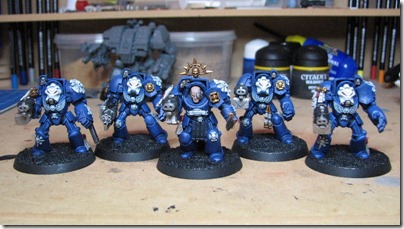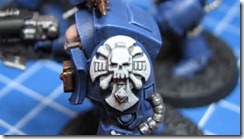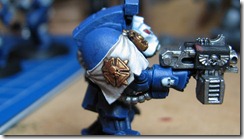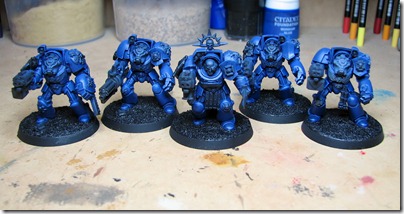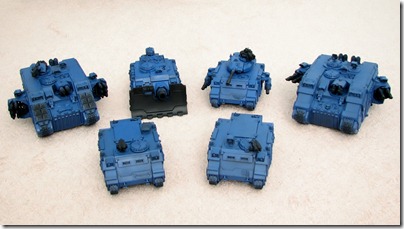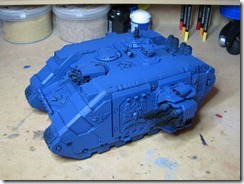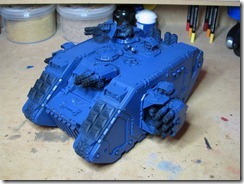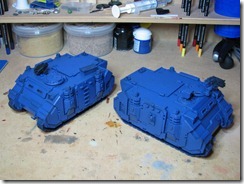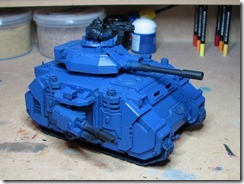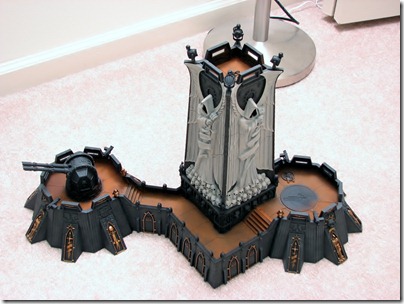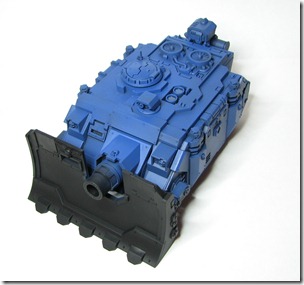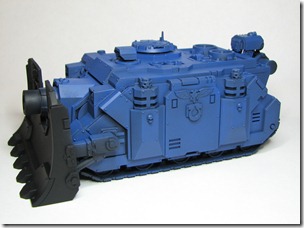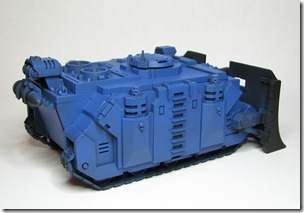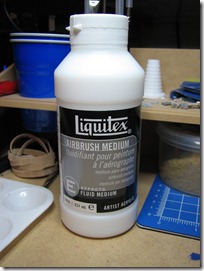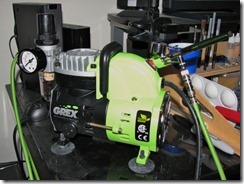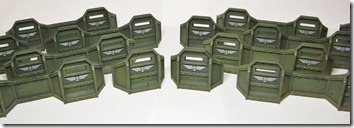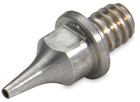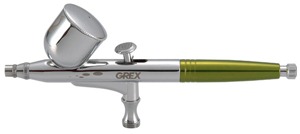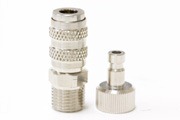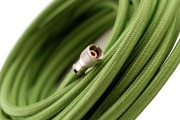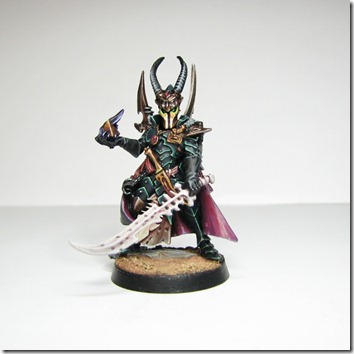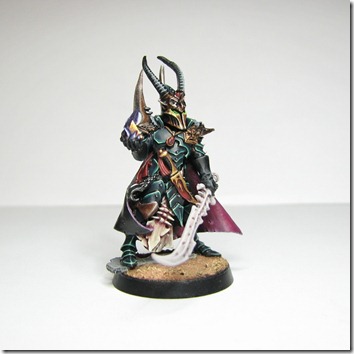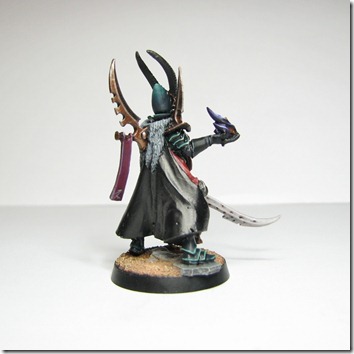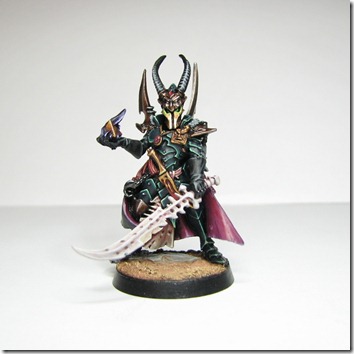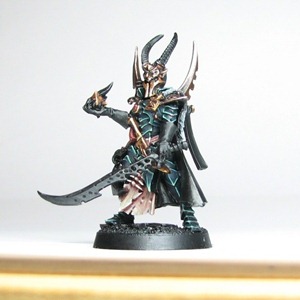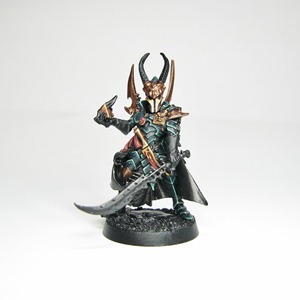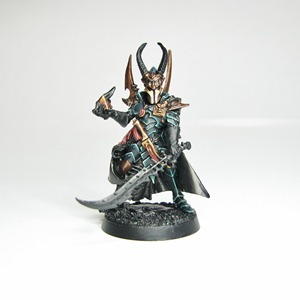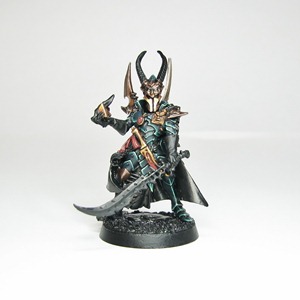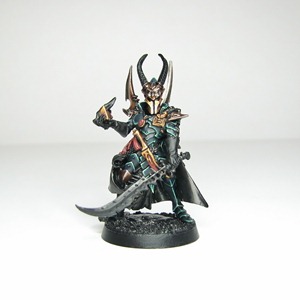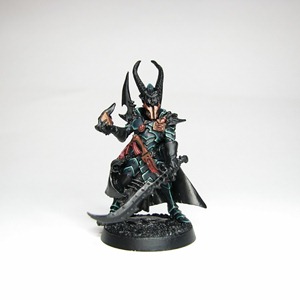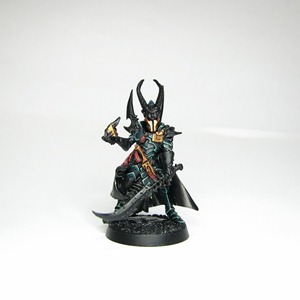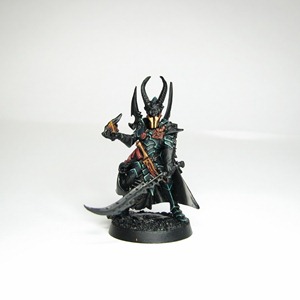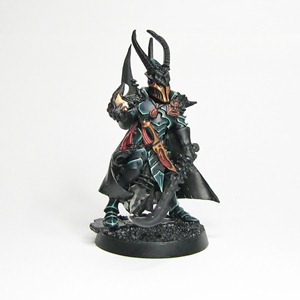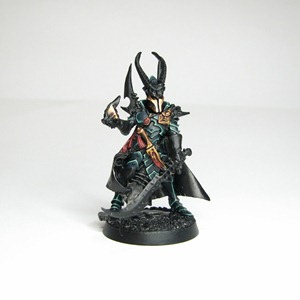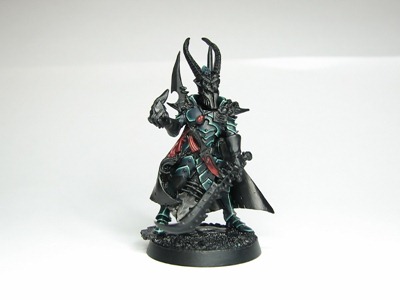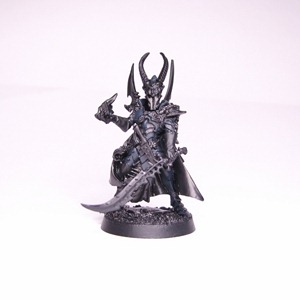OK… Where to start? Firstly I’m only 9 and 3/8 dead (inside). Otherwise the story of my life has become; work, eat, work. There should be a ‘sleep’ in there somewhere, but there’s not, just like there’s no ‘hobby’. I have however bewilderingly managed to finish reading Battle of the Fang by Chris Wraight. Really good book, highly recommend it. FYI – Bjorn has major daddy issues and Magnus the Red is a dick. Also, I picked up The Gildar Rift and have already gotten through the first chapter. It’s piqued my interest, I hope it’s able to keep it.
Onto other hobby related topics. I’ve slowly plugged along on the terminators. Five minutes here ten there whenever I can and thusly have managed to get a little further.
I’ve taken a new approach to painting whites. Rather then build up layer upon layer gradually getting lighter and lighter, I now paint on a basecoat, shade just the recesses with a self made wash and then highlight it. This is by no means new or revolutionary, but I’ve found that it works much better then the traditional way of endless layering.
I’ve also tried a new color scheme for the Purity Seal streamers and decretive tabards. With most all of my Space Marines I’ve stuck to the traditional scheme laid out by Games Workshop of Bronzed Flesh, layer Bleached Bone, highlight Skull White, but recently I’ve taken to the dirtier look and wanted to give it a try. I guess this unit has been an experiment of sorts to establish the overall manner in which I’ll paint the army so it’s scheme is cohesive.
How To
Purity Seals & Tabards
- Basecoat the seal with Scab Red and the streamer with Khemri Borwn
- Layer the seal with Blood Red leaving the base color showing in the recesses, layer the streamer with Kommando Khaki.
- Highlight the seal with a 1:1 mix Blood Red to Bleached Bone. The streamer was then layered with pure Bleached Bone.
- Lastly, highlight the streamer with Skull White.
Aquila & Helmet
- Basecoat with Astronomican Grey.
- Create a 2:1:1 mix of water, Liquitex Flow Aid and Shadow Grey respectively and wash directly into the recesses.
- Layer on a 1:1 mix of Skull White and Astronomican Grey.
- Highlight with pure Skull White.
Crux Terminatus
- This is done in the exact same manner as the Aquila and helmet, but instead of Shadow Grey use Codex Grey.
I guess that’s it for the moment. Have faith… I will complete this army before the apocalypse arrives. This is my word, this is my promise. Cheers!

